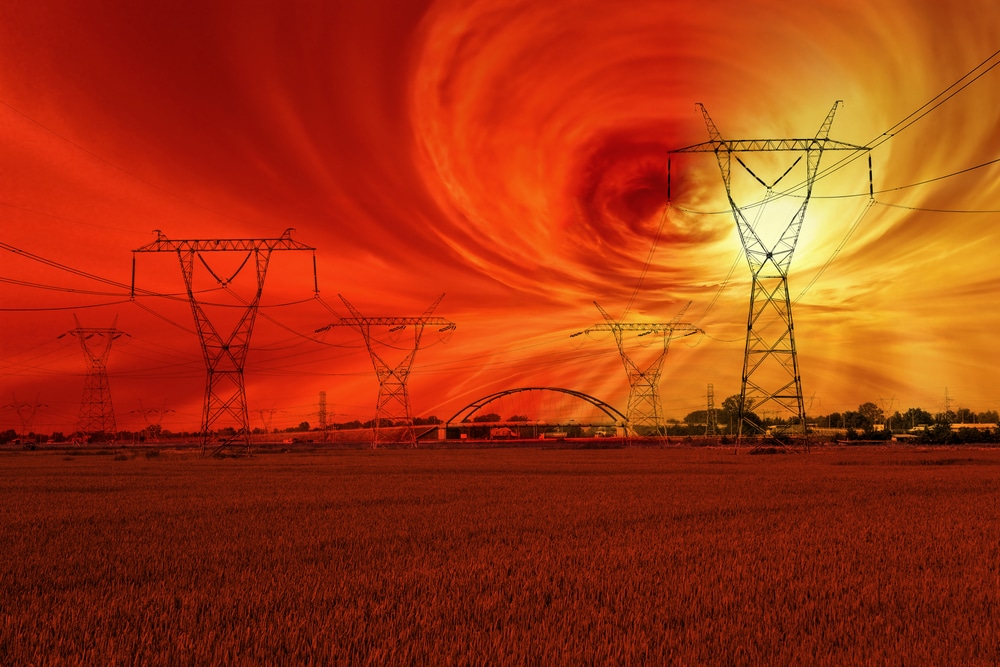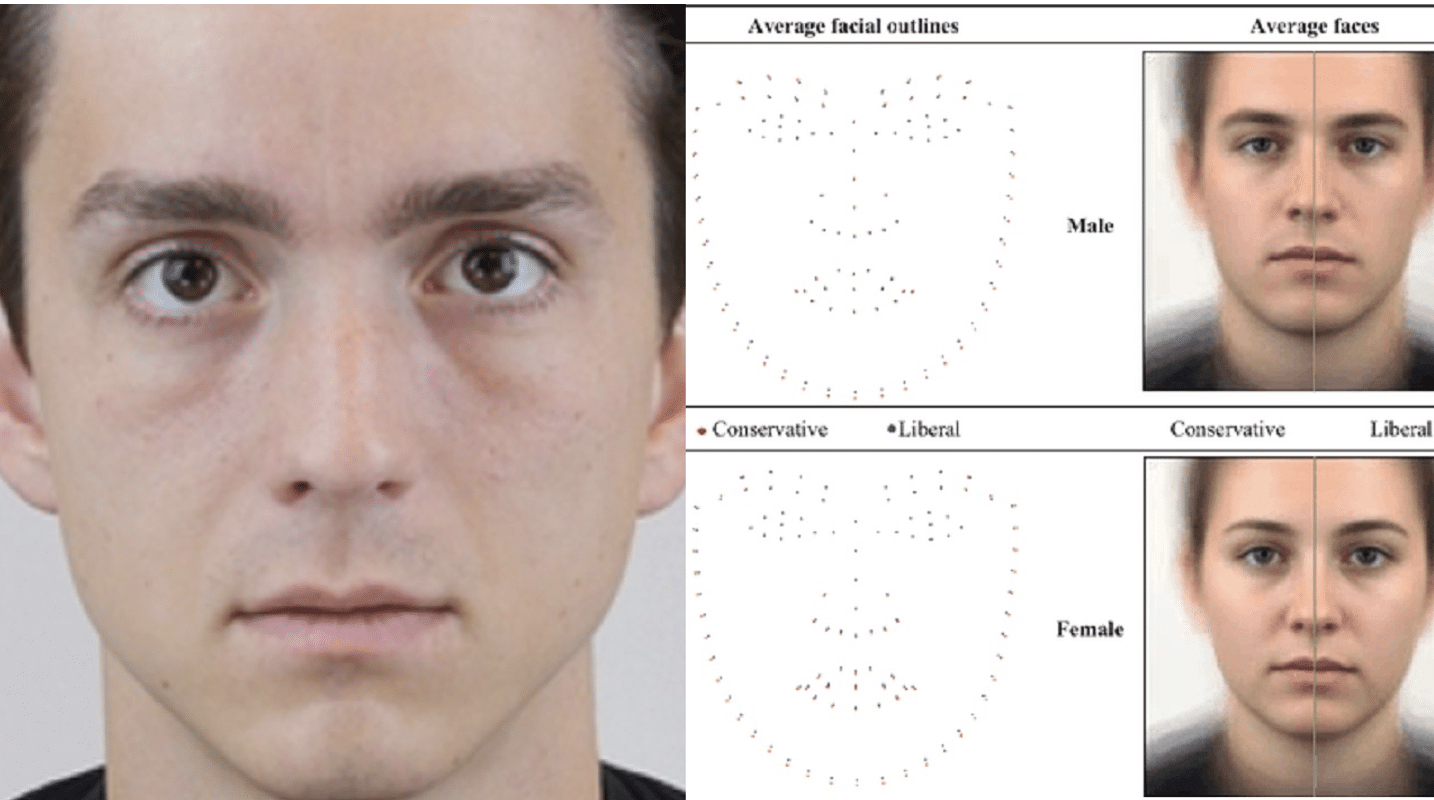We’ve touched on the hazards of solar storms plenty of times in the past. We’ve also recently started reporting even more stories involving some sort of AI, especially in the last few months since it has come back to the forefront of many discussions around technologies.
So it should come as no surprise that a team at NASA has been busily applying AI models to solar storm data to develop an early warning system that they think could give the planet about 30 minutes’ notice before a potentially devastating solar storm hits a particular area.
That lead time is thanks to the fact that light (i.e., what radio signals are made out of) can travel faster than the solar material ejected out of the Sun in the event of these solar storms. In some events, such as one that impacted Quebec around 35 years ago, they can shut off power for hours.
According to Science Alert, More extreme events, such as the Carrington event that happened more than 150 years ago, can cause massive destruction of electrical and communication infrastructure if they were to happen today.
Scientists have long been aware of the problem and haven’t sat idly by. At this point in our species’ exploration of the Solar System, plenty of satellites are looking at the Sun that can be used to identify these solar outbursts.
Some of those satellites include ACE, Wind, IMP-8, and Geotail, which supplied data to the NASA team. But, as any AI researcher can tell you, in order to develop a predictive model, you have to tell it what it is meant to predict.
Knowing simply that a solar storm is on its way is only one part of the battle – you also have to know what kind of impact it will have on the Earth when it hits there. So the researchers also collected data from surface-based stations that were also affected by some storms that the satellites detected.
The scientists then set about training a deep learning model, which has recently become almost a household word. In this case, they named it DAGGER, and it has some pretty impressive specifications compared to existing predictive algorithms that have attempted to do the same thing.
Most notable is its increase in speed. The researchers, led by Vishal Upendran from the Inter-University Center for Astronomy and Astrophysics in India, claim that the algorithm can predict the severity and direction of a solar storm event in under a second and that it is capable of making a prediction every minute.

















